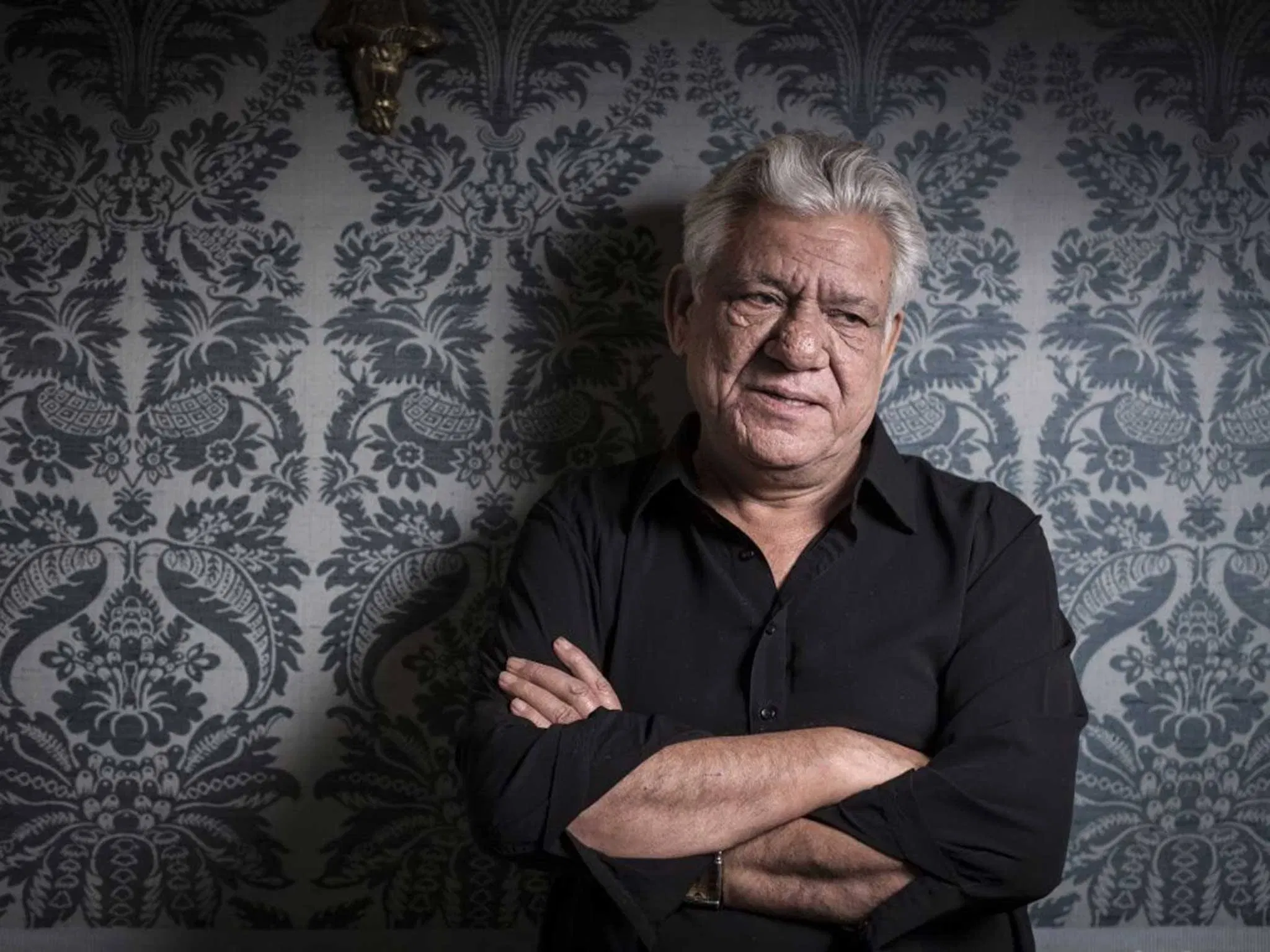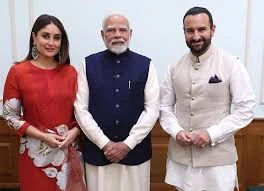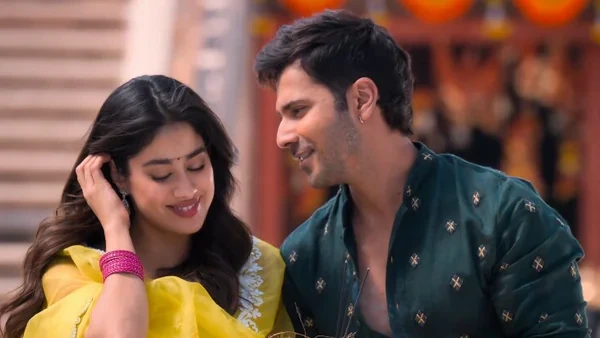18 Oct 2024, 12:01 PM Om Puri, one of Indian cinema’s most versatile and celebrated actors, left an indelible mark on both Indian and international film industries.
With a career spanning over four decades, Puri captivated audiences with his natural acting style and ability to portray a wide range of characters.
From intense dramatic roles to lighthearted comedic performances, Om Puri’s cinematic journey was one of remarkable depth and diversity.
Early Beginnings and Breakthroughs in Parallel Cinema
Om Puri’s foray into acting began in the late 1970s, during the rise of India’s parallel cinema movement.
A graduate of the prestigious National School of Drama and the Film and Television Institute of India, Puri made his debut with the Marathi film Ghashiram Kotwal (1976), but it was his performance in Aakrosh (1980) that established him as a powerhouse talent.
Directed by Govind Nihalani, Aakrosh saw Puri playing a mute, oppressed tribal man, a role that resonated deeply with audiences and critics alike.
His collaboration with filmmakers like Nihalani, Shyam Benegal, and Satyajit Ray during this period earned him a reputation as an actor who could convey raw emotion without the need for elaborate dialogues.
Movies like Ardh Satya (1983) and Paar (1984) further solidified his position in Indian cinema as a leading figure in socially relevant, issue-driven films.
Transition to Commercial Cinema
Despite his success in parallel cinema, Om Puri didn’t shy away from exploring mainstream Bollywood. His roles in commercial films showcased his ability to adapt to different genres with ease.
Films like Jaane Bhi Do Yaaro (1983), where he played the bumbling, corrupt Ahuja, displayed his flair for comedy, while Maachis (1996) and Gupt (1997) offered him opportunities to portray layered characters in more conventional narratives.
His versatility allowed him to seamlessly shift between serious roles and lighter, more entertaining fare, making him one of the few actors who could excel in both parallel and commercial cinema.
International Acclaim
Om Puri’s immense talent was not confined to India. He gained international recognition with films like Gandhi (1982), City of Joy (1992), and East Is East (1999).
His performance as George Khan in East Is East earned him widespread acclaim, particularly in the UK, where the film became a cultural touchstone for the British Asian community.
Puri’s collaboration with Hollywood directors, including his roles in The Ghost and the Darkness (1996) and Charlie Wilson’s War (2007), demonstrated his ability to leave an impression on a global scale.
His international work highlighted his range and seamless transition from Indian to global cinema, establishing him as one of the few Indian actors to make a mark abroad successfully.
Legacy of Om Puri in Indian Cinema
Throughout his career, Om Puri remained committed to his craft, continuing to act in a variety of roles even into his later years.
Films like Chachi 420 (1997), Hera Pheri (2000), and Dabangg (2010) saw him balancing mainstream success while maintaining the gravitas he was known for in his earlier works.
Despite his passing in 2017, Om Puri’s legacy endures through the unforgettable characters he brought to life.
His dedication to his art and his contributions to Indian and international cinema have left a lasting impact on audiences worldwide.
Om Puri: A Cinematic Legend
Om Puri’s career was marked by a rare blend of intensity, authenticity, and versatility. Whether in thought-provoking dramas, comedies, or international films, Om Puri’s ability to inhabit the souls of his characters has earned him a permanent place in the annals of cinematic history.
His body of work continues to inspire new generations of actors and filmmakers, ensuring that his contributions to cinema will never be forgotten.




